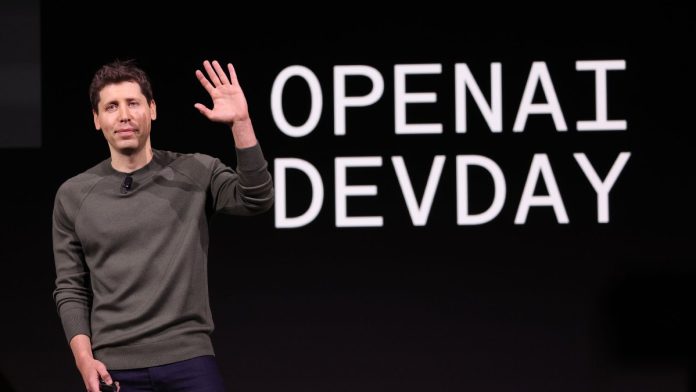OpenAI is introducing its “reasoning” AI model, o1, to its API, but initially only for certain developers.
Starting today, o1 will be made available to developers in OpenAI’s “tier 5” usage category. To qualify for tier 5, developers must have spent at least $1,000 with OpenAI and have an account that is over 30 days old since their first successful payment.
o1 will replace the o1-preview model that was previously accessible in the API.
Unlike typical AI models, reasoning models like o1 are capable of fact-checking themselves, helping them avoid common pitfalls. However, they may take longer to provide solutions as a trade-off.
These models are also more expensive due to the high computing resources required to operate them. OpenAI charges $15 for every ~750,000 words analyzed by o1 and $60 for every ~750,000 words generated by the model, making it 3-4 times more costly than OpenAI’s latest non-reasoning model, GPT-4o.
The version of o1 in the OpenAI API offers more customization options compared to o1-preview, with features like function calling, developer messages for tone and style instructions, and image analysis. Additionally, o1 includes a new API parameter, “reasoning_effort,” which allows control over the model’s response time.
OpenAI mentioned that the version of o1 in the API and upcoming on their AI chatbot platform, ChatGPT, is a new post-trained edition called “o1-2024-12-17,” which incorporates improvements based on feedback.
The company is gradually rolling out access to o1 while planning to expand access to more usage tiers and increasing rate limits.
In addition to updates on GPT-4o models, OpenAI introduced new versions of GPT-4o and GPT-4o mini models for the Realtime API, featuring enhanced data efficiency and reliability at lower costs.
The Realtime API has also added new features such as concurrent out-of-band responses and support for WebRTC, allowing real-time voice applications on various platforms.
OpenAI recently hired the creator of WebRTC, Justin Uberti, indicating a focus on real-time interaction capabilities with varying network conditions.
Lastly, OpenAI implemented preference fine-tuning in its API to enhance model responses and launched beta versions of official SDKs in Go and Java programming languages.




